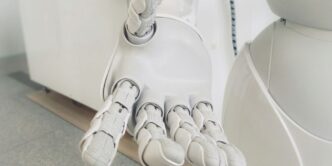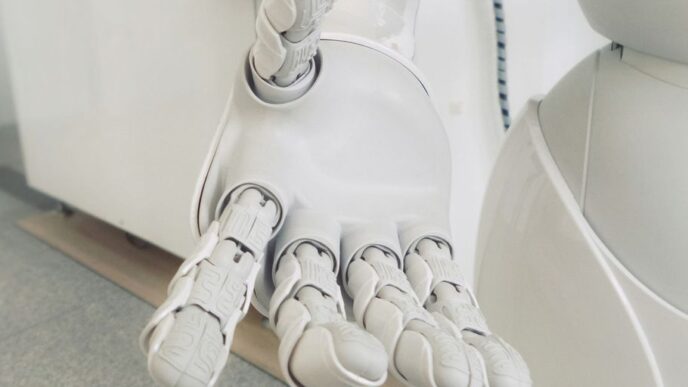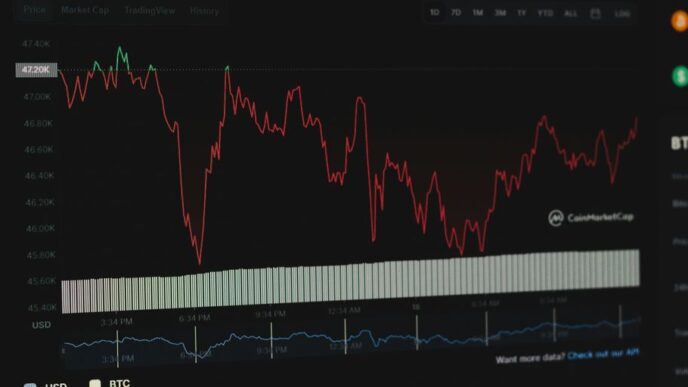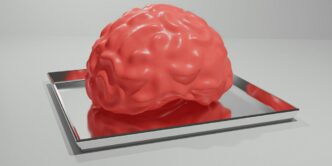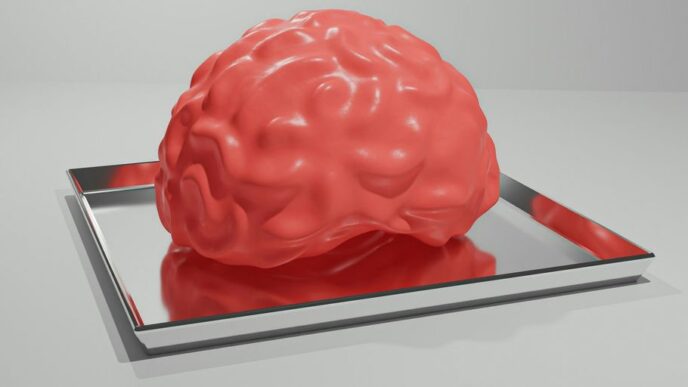Artificial intelligence is transforming the technology industry, and experts predict that this trend will only continue to accelerate in the future. Here are some of the key trends and developments to watch for:
1. Greater use of AI in software development:
Developers are increasingly using AI to automate routine tasks, such as testing and debugging code, allowing them to focus on more complex work. This is expected to lead to faster development cycles and improved software quality.
Developers are increasingly using AI to automate routine tasks in the software development process. This includes tasks such as testing, debugging, and code analysis. The use of AI in software development is expected to allow developers to focus on more complex and creative work, while also improving the quality and efficiency of their output.
One of the main benefits of using AI in software development is the ability to automate testing. Through machine learning algorithms, developers can create test frameworks that can identify bugs and errors with greater accuracy and speed than manual testing. This can help to reduce the time required for testing and improve the overall quality of the software being developed.
Another area where AI is being used in software development is in debugging. AI algorithms can help to identify the root cause of a bug or error by analysing large amounts of data and identifying patterns that may not be immediately apparent. This can help developers to fix errors more quickly and effectively, further reducing development time and improving software quality.
AI is also being used to analyse code, helping developers to identify potential security vulnerabilities and other issues before they become problems. By analysing code in real-time, AI algorithms can alert developers to potential issues and suggest solutions to fix them.
The use of AI in software development is expected to accelerate in the coming years as developers seek to automate routine tasks and focus on more complex and creative work. This trend is expected to lead to faster development cycles, improved software quality, and increased innovation in the industry.
2. Enhanced cybersecurity:
As cyber threats become increasingly sophisticated, AI is being used to detect and respond to attacks faster and more accurately than humans can. This trend is expected to continue as companies seek to protect their data and infrastructure from potential breaches.
The use of AI in cybersecurity is expected to increase significantly in the future. As cyber threats become more sophisticated, traditional security measures such as antivirus software and firewalls are no longer enough to protect companies from potential breaches. AI, however, can be used to detect and respond to attacks faster and more accurately than humans can.
There are several ways that AI is being used in cybersecurity today. Machine learning algorithms can be trained to analyse large amounts of data to identify patterns that may indicate a potential attack. These algorithms can also be used to predict future attacks based on previous patterns. In addition, AI can be used to automate threat detection and response, freeing up security professionals to focus on more complex tasks.
AI can also assist with incident response, allowing companies to quickly identify the source of an attack and take steps to mitigate the damage. This is particularly important in industries like finance, healthcare, and government, where the consequences of a cyber attack can be severe.
Finally, AI is also being used to improve user authentication processes. Biometric authentication methods such as fingerprint scanning and facial recognition technology use machine learning algorithms to verify the identity of users, reducing the risk of unauthorised access. The use of AI in cybersecurity is expected to continue to grow in the coming years as companies seek to protect their data and infrastructure from potential breaches.
3. Increased use of AI-powered autonomous systems:
Autonomous vehicles, drones, and robots are just a few examples of systems that are powered by AI. As AI technology continues to improve, we can expect to see more autonomous systems in use across a range of industries.
Autonomous systems are those that can operate independently without human input. They include autonomous vehicles, drones, and robots that can perform tasks without direct human supervision. These systems are powered by AI, which allows them to make decisions based on real-time data and respond to changing conditions.
The use of autonomous systems is expected to increase significantly in the future, particularly in the transportation and logistics industries. Autonomous vehicles, for example, have the potential to improve road safety, reduce traffic congestion, and increase efficiency. Similarly, autonomous drones can be used for package delivery and infrastructure inspection, among other applications.
However, the use of autonomous systems also raises concerns about safety and reliability. As these technologies become more widespread, it will be important to ensure that appropriate regulations and safety measures are in place.
4. More personalised services and products:
AI is enabling companies to offer more personalised services and products to their customers through the use of data analysis and machine learning. This trend is likely to continue as companies seek to differentiate themselves in increasingly competitive markets.
AI-powered data analysis and machine learning algorithms are enabling companies to offer more personalised services and products to their customers. By analysing large amounts of data, companies can gain insights into individual customer preferences and behaviour, allowing them to tailor their offerings to meet specific needs.
This trend is particularly notable in industries such as retail and healthcare, where personalised recommendations and treatment plans can improve customer satisfaction and outcomes. In addition, the use of AI in predictive maintenance is helping companies to identify and resolve equipment problems before they occur, reducing downtime and improving efficiency.
However, the use of data also raises concerns about privacy and security. Companies must take steps to ensure that customer data is collected, stored, and used in a responsible and ethical manner.
5. Advancements in natural language processing:
AI-powered voice assistants like Siri and Alexa are becoming more popular, and the accuracy and capabilities of these systems are expected to continue to improve. This has significant implications for industries like healthcare, where voice recognition technology could be used to help diagnose and treat patients.
Natural language processing (NLP) is the ability of machines to understand and interpret human language. This technology is rapidly improving, allowing machines to communicate with humans more effectively.
Voice assistants like Siri and Alexa are already being used in homes and offices worldwide, and the accuracy and capabilities of these systems are expected to continue to improve. This has significant implications for industries like healthcare, where voice recognition technology could be used to help diagnose and treat patients.
In addition, the use of NLP is expected to revolutionise customer service. Chatbots and virtual assistants are becoming more sophisticated, allowing customers to interact with companies more naturally and get answers to their questions more quickly. This can improve customer satisfaction and reduce workload for customer service representatives. The advancements in NLP are expected to transform how we interact with machines, making communication more natural and accessible than ever before.
CONCLUSION
The future of AI in the technology industry looks promising. With continued investment in research and development, we can expect to see even more advanced and innovative uses of AI in the years ahead.


